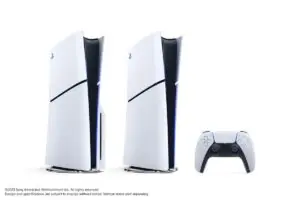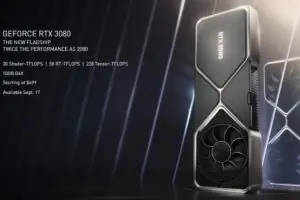Intel is working with Hewlett Packard Enterprise to design the second PAC (programmable acceleration card) for even faster computing.
In a statement, Intel said the FPGA PAC D5005 is designed for highly demanding tasks in financial tech and data streaming analytics. The Field Programmable Gate Array is also designed for network security and media transcoding, among others.
This is the second PAC product for Intel and has been downloaded to the Proliant Gen 10 server (DL3809). The PAC D5005 will allow developers and architects to customize the device to perform multiple arrays of applications quickly.
If you don’t know what FPGA is, think of it as a ready-made blank canvass. On the contrary, the Application Specific Integrated Circuits or ASIC are designed to perform specific functions.
https://www.youtube.com/watch?v=sFBcf7I_lJQ
All you need is to calibrate and configure the FPGA according to your needs. You can program it as many times as you like to perform the function that you need.
The PAC D5005 is optimized to work seamlessly with the Xeon CPU. The Acceleration Stack, for instance, will provide optimized libraries, interfaces, and frameworks. The Acceleration Stack is a platform designed to deploy and customize FPGAs to enhance workload in the data center.
The FPGA will equip designers with the right foundation for tasks that require enormous computational capability. Aside from network security, genomics, and media transcoding, the PAC D5005 is also ideal for artificial intelligence applications.
By reallocating some of the computational requirements, they can free up their CPUs for other important functions and administrative tasks. This, in turn, will lower the cost of the overhead.
The PAC D5005 promises of more memory, networking capability, and computing power compared to the first generation PAC. The first PAC was launched back in 2017, but the new device has thrice the programmable logic. In addition, the memory capacity is four times the speed of the previous PAC. Finally, the Ethernet ports boast of speeds of up to 100GbE, which is double the original PAC.
HPE exec Bill Mannel said combining Intel PAC with DL380 Gen 10 server allows them to offer a scalable platform. He explained that they now have an accelerator that can handle heavier workloads, big data, and AI inferencing. As a result, their clients can increase their ROI but also accelerating the time-to-value ratio.
The first Arria 10 GX was designed to handle a wide array of servers, and the D5005 is specially designed for acceleration.





